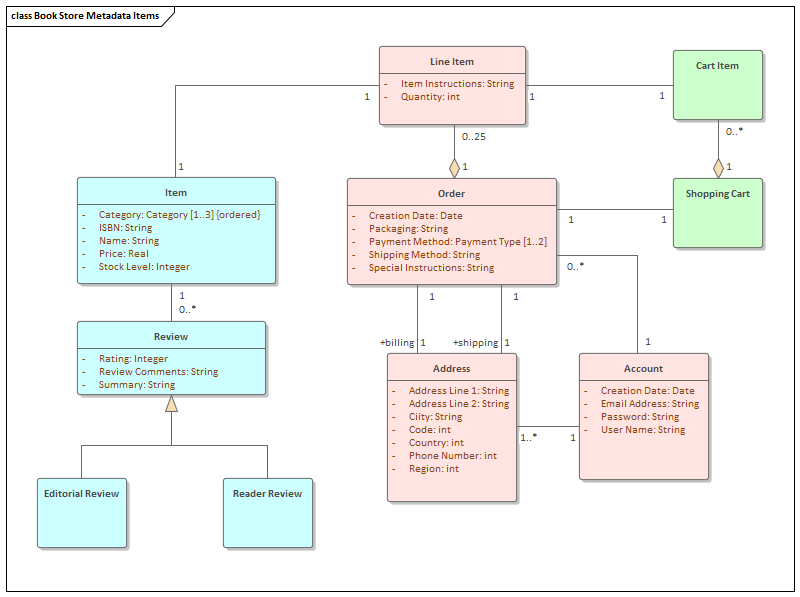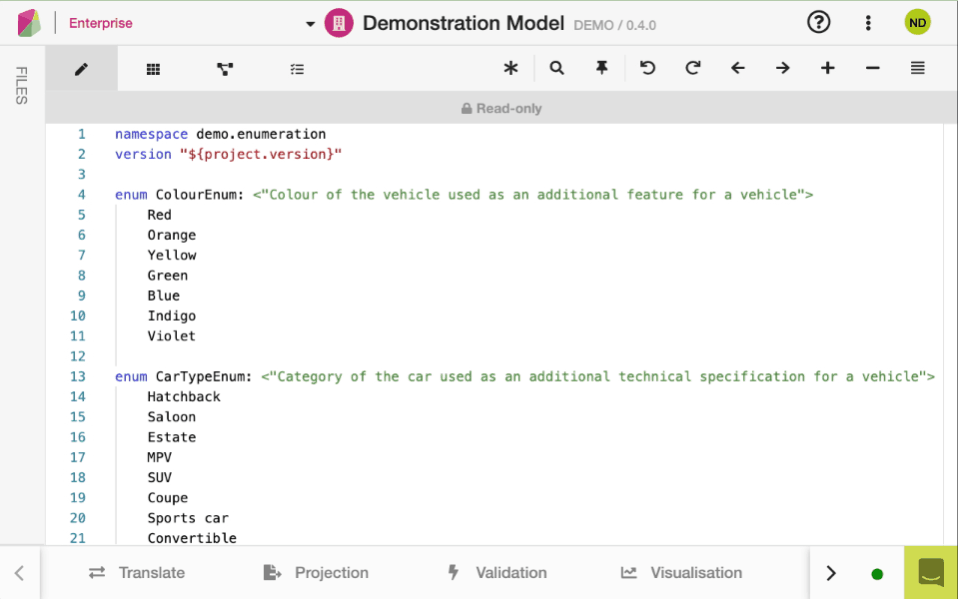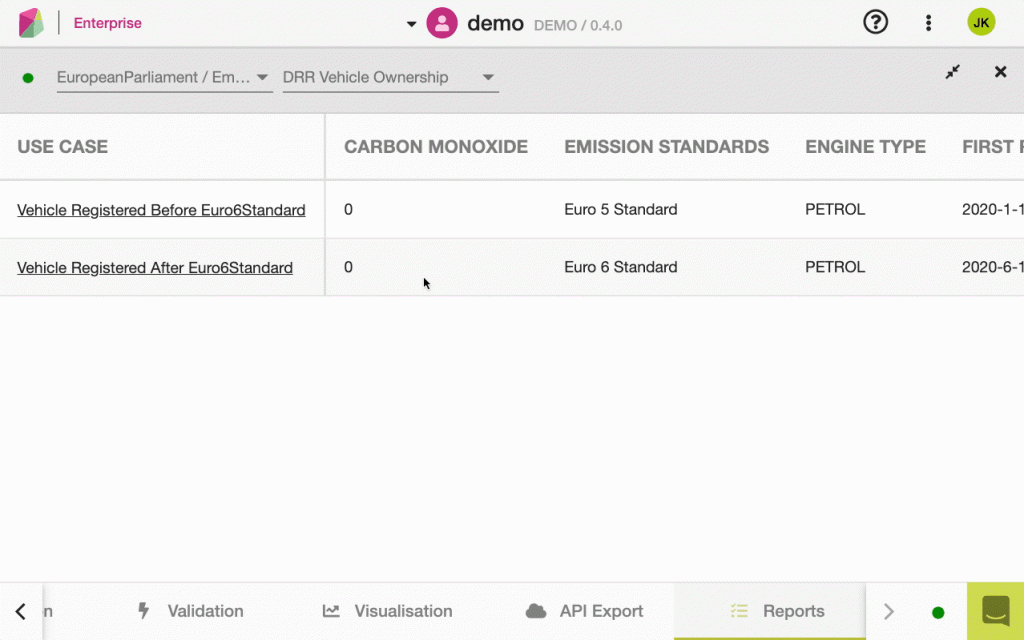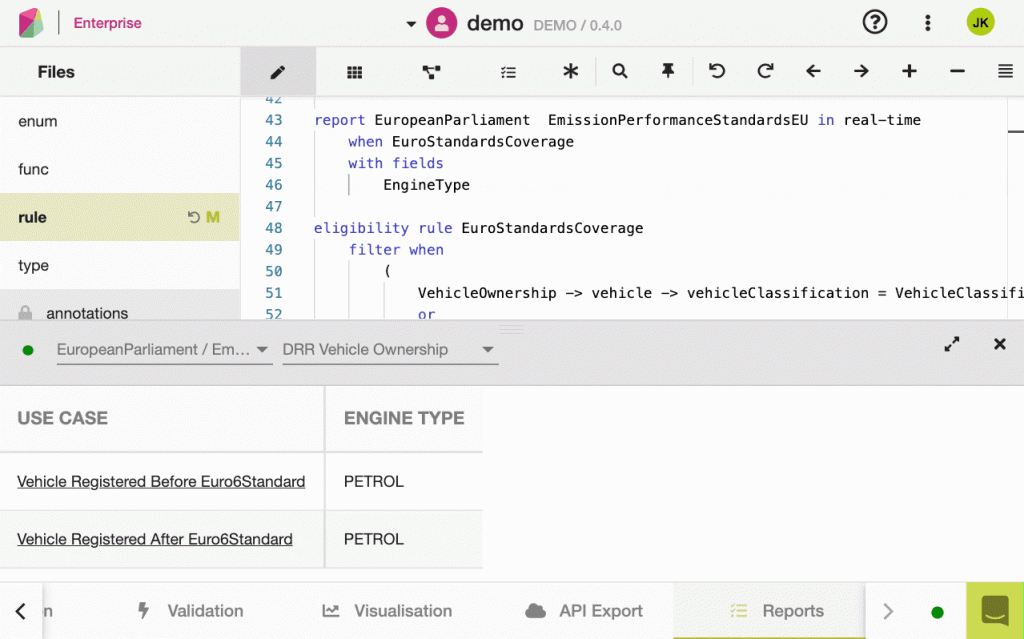
- Product
- Thursday 25th November 2021
What is Rosetta and why is it separate from REGnosys?
Today we’ve just re-launched the affiliated website for our software product, Rosetta (rosetta-technology.io). It was quite a significant makeover so we wanted to take some time to explain why we chose to delineate Rosetta from REGnosys.
Simply put: Rosetta is a data modelling toolkit.
As a Regulatory Technology (“RegTech”) company, REGnosys’ mission is to help regulated firms comply better, faster, cheaper – together, specifically focusing on capital markets’ reporting requirements. Regulatory reporting is a massive exercise in data management, so it’s not surprising that data modelling should be at the heart of what REGnosys does. But what may be more surprising is that we chose to internalise our own data modelling solution.
There are indeed many solutions out there to do data modelling. Some existing modelling languages and standards (e.g. UML) are used ubiquitously across many industries. If you’ve ever had to deal with data or processes, you’ve probably come across diagrams like this:

So what does Rosetta do that existing solutions didn’t provide?
Regulatory reporting is a massive exercise in data management.
Specifically, we had 3 requirements which we reasoned were fundamental to the regulatory reporting problem that we’re solving for:
1. Generate and run executable code
2. Support mappings between different data formats
3. Integrate within the software development lifecycle (SDLC)
In short, existing modelling tools tended to be just that, i.e. modelling tools but nothing else. Data models produced with these tools provide specs or a guide to developing software, but they are not the software. For example, such a model may prescribe a messaging format that an API must conform to, but someone still needs to build that API. This implies quite a large bridge to be crossed, typically by developers, before producing a working software solution. To illustrate with an example from capital markets’ trade reporting: this is the difference between the ISO 20022 format specification that trade reports must be submitted into, and having a reporting solution that can connect to firms’ trading systems to produce those trade reports.
By contrast, our vision for RegTech is of data models that become the software itself, because they’re doing more than just modelling data: they’re modelling the logic for how data should be sourced, transformed and in turn fed into other data, again and again – until they are eventually ready to be submitted as a report to regulators.
In short, what we’re really modelling are data pipelines. And this is where we found that existing solutions were not quite up to the task. So we set out to develop Rosetta to become that complete data pipeline modelling solution.

Rosetta now fulfils our 3 fundamental requirements, allowing us to:
1. Build transparent data pipelines at warp speed (because it generates and runs executable code)
2. Integrate enterprise data effortlessly (because it support mappings between different data formats)
3. Design, build and deploy models, all in one solution (because it integrates within SDLC)
Once setup with the right toolkit internally, we next turned to developing regulatory reporting solutions for our clients. And this is where we realised that Rosetta was more than an internal tool: Rosetta was the client solution.
Our vision for RegTech is of data models that become the software itself. What we’re really modelling are data pipelines.
Consider a reporting regime for a given jurisdiction and suppose a regulated entity that is able to model its reporting process end to end for that regime. End to end means (and notice how the 3 components below exactly echo the 3 fundamental requirements on which we built Rosetta):
1. building a functional model of this data pipeline where every reporting rule is expressed as a unit of logic,
2. mapping this model to their own internal data formats,
3. connecting this data pipeline to their internal production systems and deploying it within their reporting infrastructure.
In effect, this reporting entity would have delivered its compliance implementation, with a system that is ready to report to the regulators using live data.

This means Rosetta provides our clients with a reporting solution: all they have to do is model their reporting pipeline (we’ll get to how Rosetta supports this undertaking in a separate post), and Rosetta handles the rest. So this is the product we decided to commercialise.
We’re now coming to this post’s second opening question, which is why we positioned that product as separate from REGnosys. There are several reasons for this, but the most important is the need to present the distinct value propositions that REGnosys and Rosetta respectively offer.
Rosetta provides our clients with a reporting solution. So this is the product we decided to commercialise.
REGnosys is a RegTech focusing on capital markets’ reporting requirements. We enable financial institutions’ Regulatory Operations and Compliance teams to build, run and transparently control all their data reporting requirements using standardised, programmable rules. How we achieve this, that we use a data modelling toolkit or that reporting is a form of data pipeline are not our clients’ primary concern – what they want is simply a robust and cost-effective reporting solution that allows them to comply better, faster, cheaper. In the process, REGnosys offers solutions to other industry participants: trade organisations and standard-setting bodies, regulators and market infrastructure providers.
Rosetta offers a distinct value proposition. It is a complete data modelling solution, allowing Operations and Engineering teams to manage their data pipelines’ entire lifecycle, from design to deployment and monitoring. Rosetta delivers transparency as a service by making data pipelines fully auditable and traceable.

Notice how the above description doesn’t mention the terms “regulation” or “reporting”. And look closely at the demo screenshots in this post: they concern vehicles, not trading or capital markets. As a stand-alone solution, Rosetta is also more targeted towards Engineering than Compliance users (Operations sitting somewhere in-between).
Rosetta has the potential to apply far beyond RegTech or even the financial industry.
To sum-up the relationship between REGnosys and Rosetta: in the specific regulatory reporting application that REGnosys focuses on, Rosetta is the tool that supports the client’s Engineering team to deliver the reporting systems that the Compliance team needs. But we believe Rosetta has the potential to apply far beyond RegTech or even the financial industry.
Take Rosetta for a spin. It’s on us. Sign-up today to get started.




